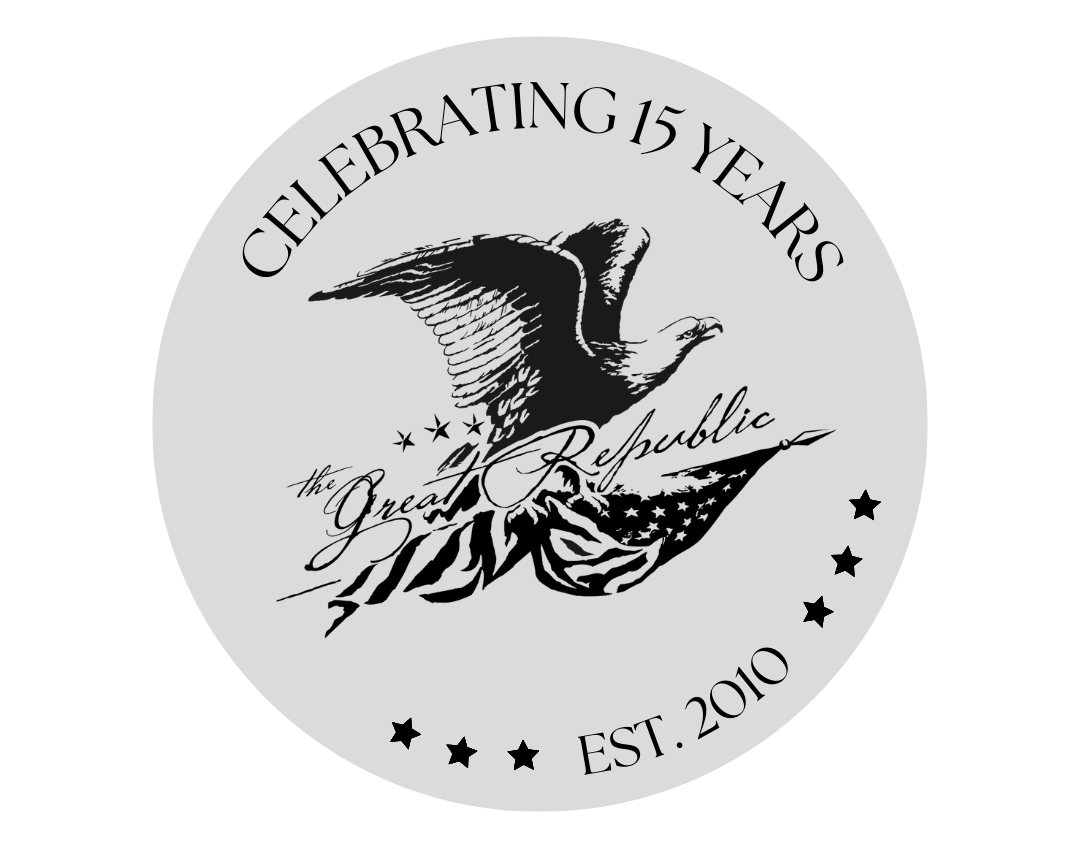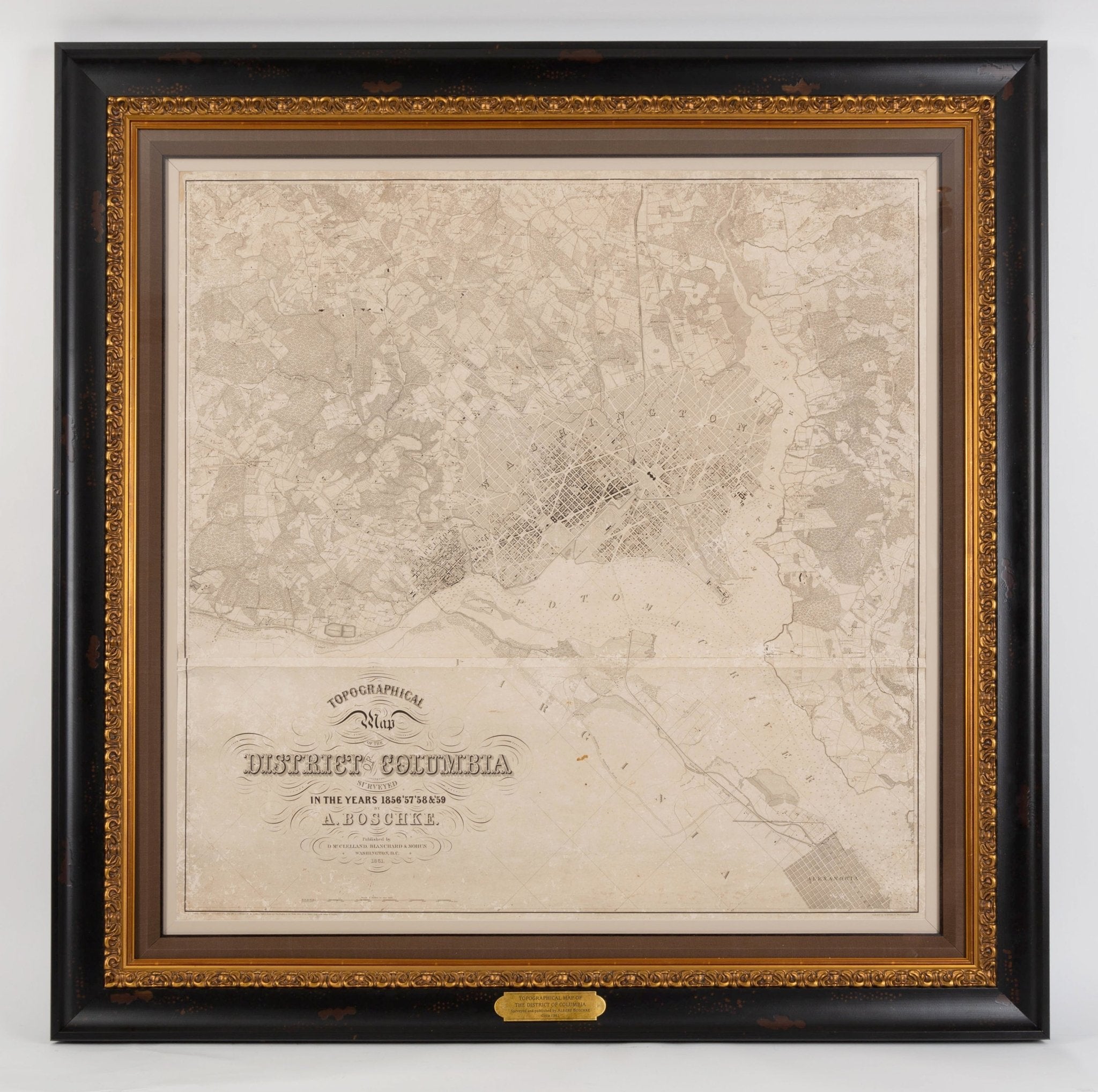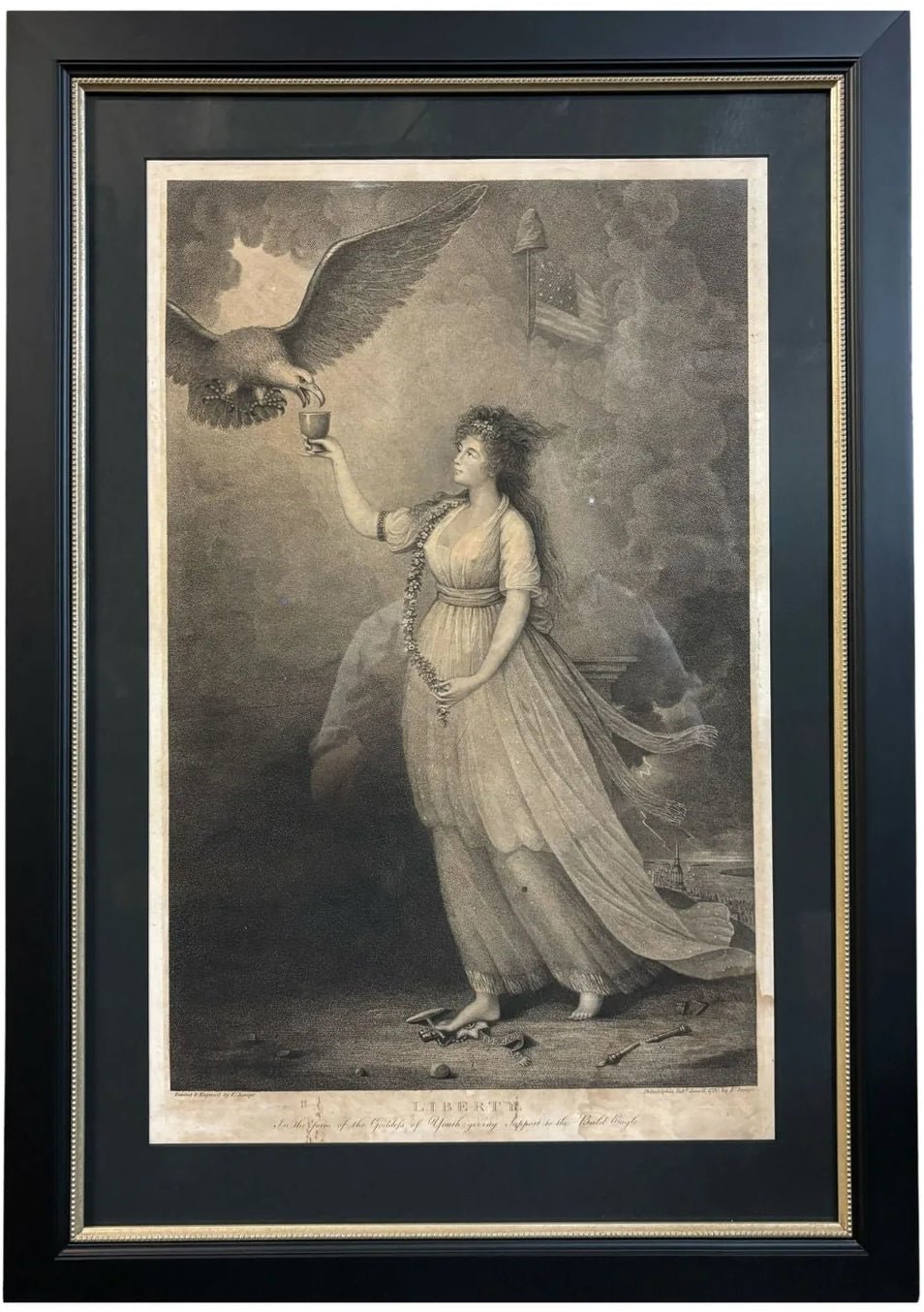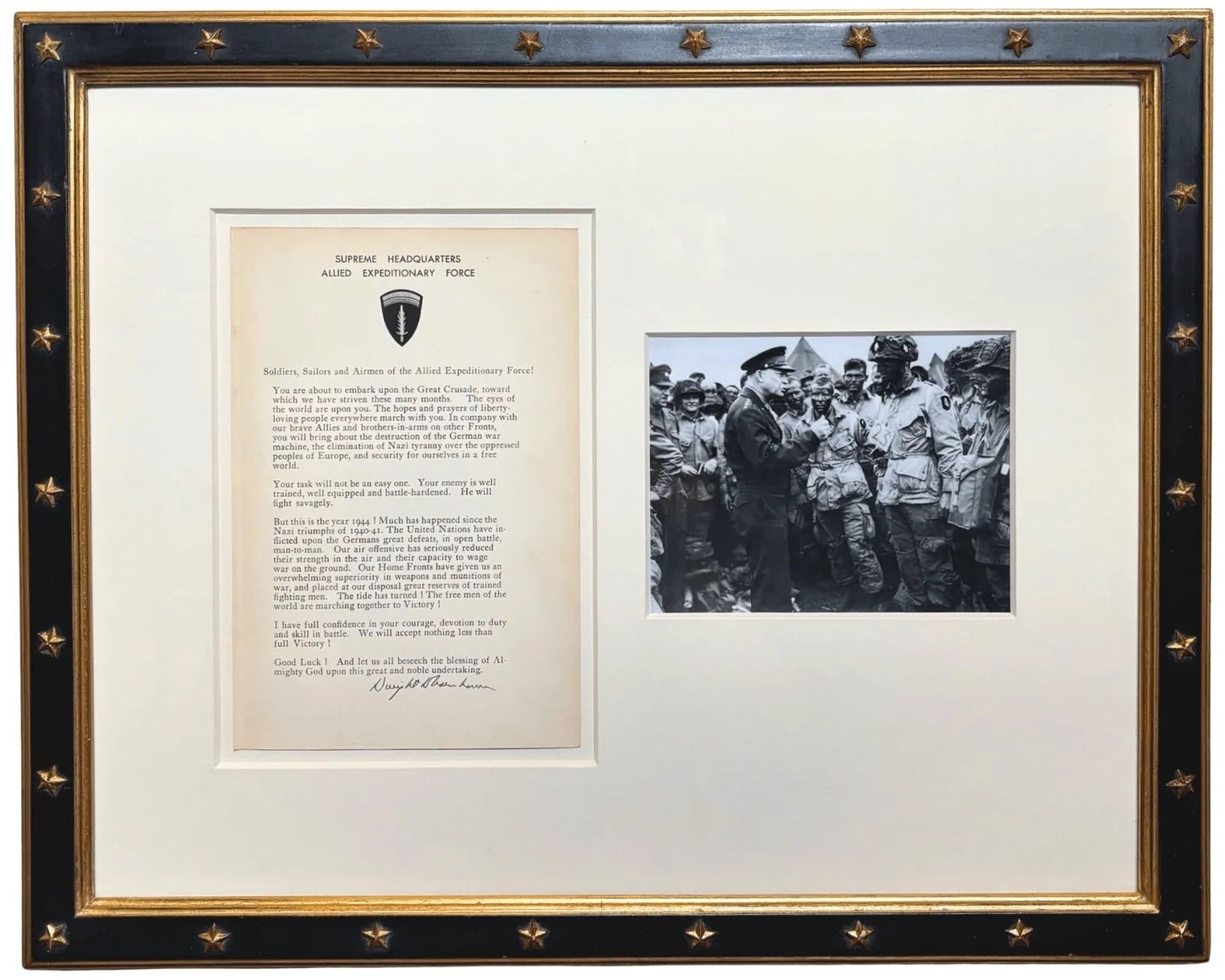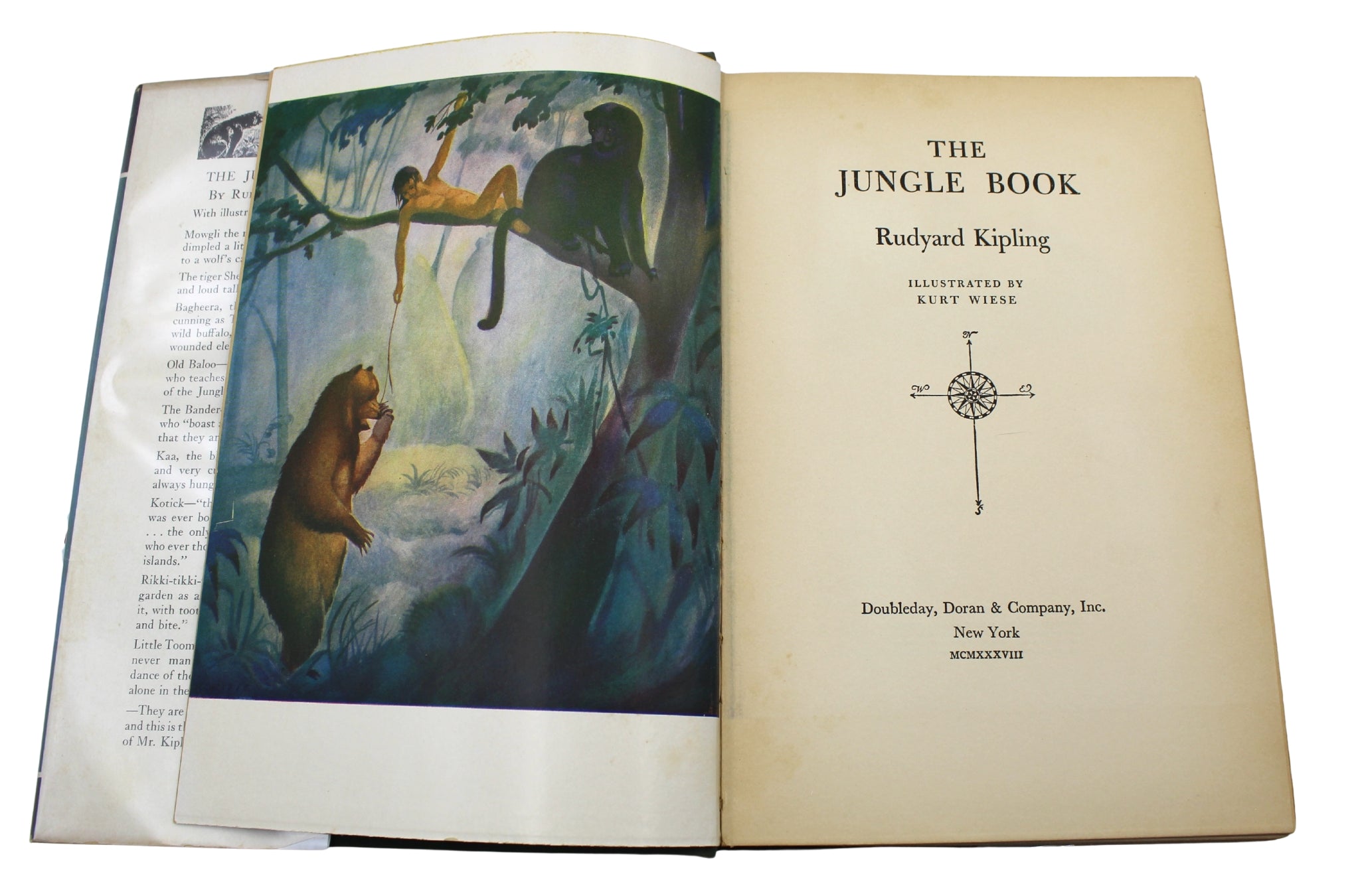The Name’s Bond, War Bond
Whether it’s for a political cause, a clothing sale, or an upcoming film, posters have always been an effective way to spread a message. The United States widely used posters to raise funds for the military through what are now known as “war bonds.”
An Investment That Supports the Troops
War bonds were used as a way to invest money in the government during conflicts. Although the details varied over time, generally, an individual would buy a bond from the government with the understanding that after a fixed amount of time (typically 10 years), the government would pay the individual back the money spent with interest. War bonds were seen as a way to raise money for a conflict without raising taxes. Bonds were also utilized by the government as a tool to reduce inflation.
When the country suddenly goes to war, the government cannot wait to raise funds before buying everything it needs to support the military, so it simply prints more money as a quick fix. However, to reduce the obvious inflation that follows, it sells war bonds to companies and the public to take some of that money out of circulation. For the buyer, war bonds were a good way to have a fixed rate during unstable economic times, even if the interest rates were typically lower than that of the current market.
"My Daddy Bought Me a Government Bond"
WWI, Third Liberty Loan, 1917
Types of War Bonds
War bonds have had several names throughout the years. In WWI, these then “Liberty Loans” were mostly targeted towards retail and wholesale investors. Not quite gaining support from individuals, Liberty Loans were sold mostly to banks and other financial institutions raising a total of $20 billion for the U.S. military cause.
The U.S. wasn’t the only country to use this fundraising tactic, the Allied and Central Powers both had forms of war bonds. Some countries relied more heavily on them than others. For example, Germany was quickly cut off from international financial markets at the beginning of the war, forcing them to rely almost solely on their citizens for funds. Britain on the other hand, offered war bonds but relied much more heavily on taxes, raising only a total of only 3.3 billion pounds through bonds. During WWII, these investments were originally called “Defense Bonds” but after the attack on Pearl Harbor in 1941, the U.S. changed the name to “War Bonds” to illicit a more emotional response. Despite the median $2,000 yearly income at the time, over 84 million Americans purchased war bonds and stamps to raise over $185 billion for the war effort.
Fight With National War Bonds
British WWI Poster, 1917-1918
Eye-Catching Bond Posters
Posters were the main form of advertisement for war bonds urging people to buy in support of liberty, their country, their families, and on the promise of a safe investment. Together, the War Finance Committee and the War Advertising Council launched the greatest volume of advertising in United States history. The majority of the advertising aimed to pull on the heartstrings of the people, focusing on topics such as the beauty in valor, threat to life and liberty, and the heroic defense of a common cause. Most importantly, purchasing war bonds was strongly linked to patriotism and how to “do your part” on the home front. Bonds appealed to one’s moral and financial stake in the war at hand, evoking a sense of civil responsibility to invest.
When not playing on emotions, war bond advertisements would use celebrities and even cartoon characters to promote the purchase. Even famous figures such as Charlie Chapman helped to popularize bonds and raise war funds. While celebrities helped tremendously, the posters reached far and wide in America. George Creel, Chairman of the Committee on Public Information, said,
“The printed word might not be read, people might not choose to attend meetings or to watch motion pictures, but the billboard was something that caught even the most indifferent eye.”
During WWI alone, the U.S. created more posters than any other country and raised a staggering amount of money to aid the military and wartime causes.
 That Liberty Shall Not Perish From the Earth
That Liberty Shall Not Perish From the Earth
Joseph Pennell, WWI Poster
Today, posters from the war bond efforts tell a story of the solidification of a national identity and presents the contemporary views, values, ideologies, and goals of the American public during various wars.

